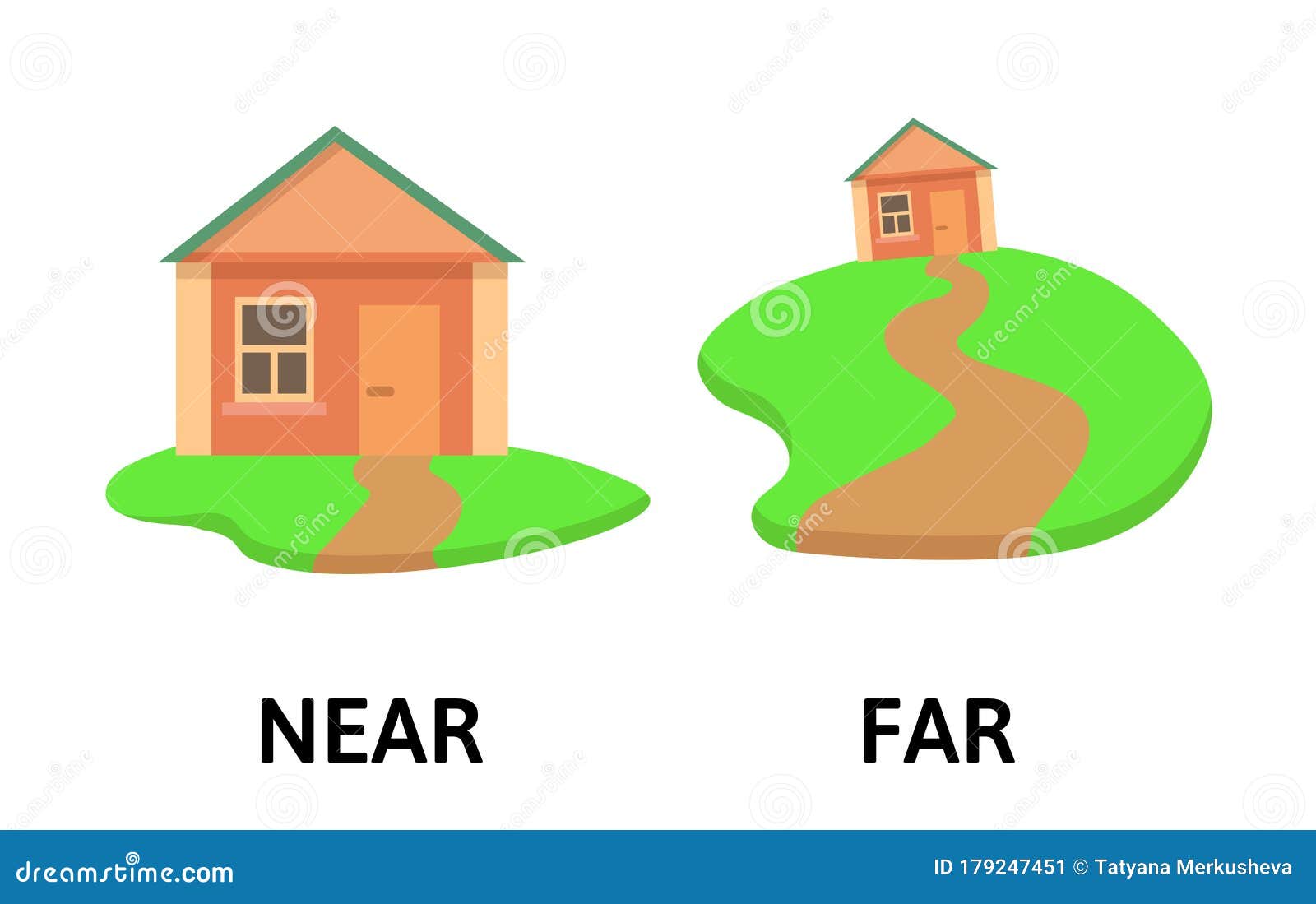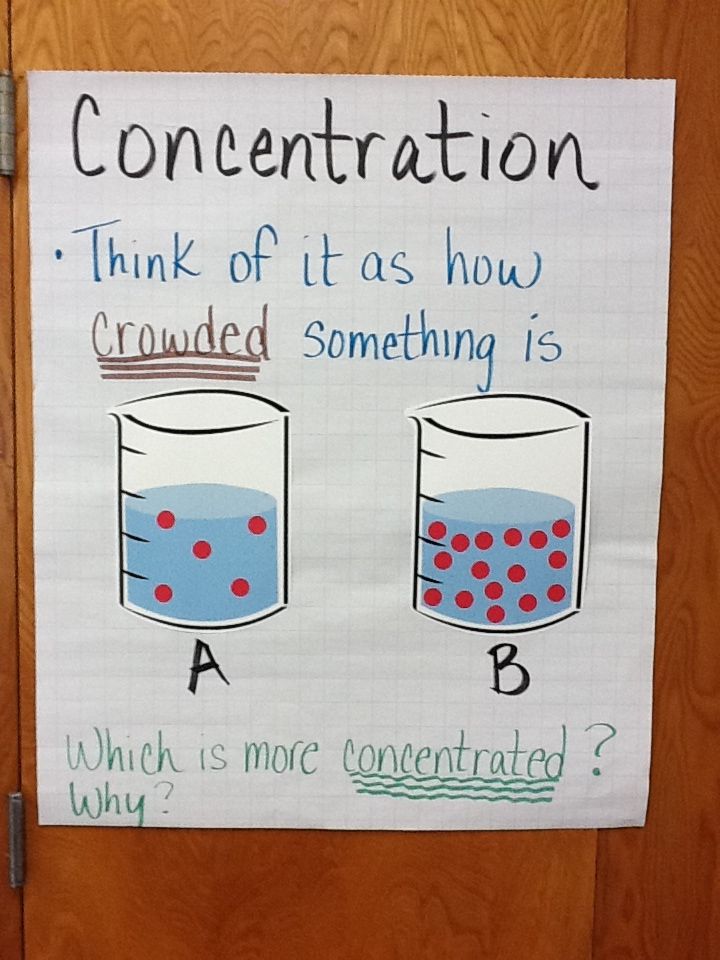Understanding Political Gridlock: Causes, Consequences, and Solutions
What Is Political Gridlock?
Political gridlock refers to a situation where government institutions, most commonly legislative bodies, are unable to pass new laws or take decisive action due to partisan divisions, lack of consensus, or procedural barriers. This phenomenon is especially prominent in systems where multiple parties or branches of government must cooperate to enact policy. In the United States, gridlock often describes periods when the presidency and Congress are controlled by different parties, or when internal divisions within Congress prevent the passage of significant legislation [1] , [2] , [5] .
How Does Gridlock Happen?
Gridlock can arise from several factors, including:
- Partisan polarization : When political parties or factions hold deeply opposing views, compromise becomes difficult, and legislative action stalls. In the U.S., polarization between Democrats and Republicans has intensified, leading to frequent gridlock [4] .
- Divided government : When different parties control the executive and legislative branches, each may block the other’s initiatives, resulting in inaction [2] .
- Institutional rules : Procedures such as the Senate filibuster, which requires a supermajority to advance most legislation, can empower a minority to block bills, contributing to gridlock [2] .
- Ideological shifts : As elected officials and voters become more ideologically rigid, the willingness to negotiate diminishes, further entrenching legislative stalemate [3] .
Consequences of Gridlock
Gridlock can have significant impacts on governance and society. When government is unable to pass new laws or address pressing issues, it can lead to:
- Delayed or failed policy responses : Essential reforms in healthcare, infrastructure, education, or economic policy may be stalled, even in times of crisis [1] .
- Public frustration and declining trust : Citizens may lose confidence in government effectiveness, feeling that their representatives are more interested in partisan battles than solving problems [1] .
- Economic repercussions : Unresolved legislative issues, such as budget impasses or tariff disputes, may negatively affect the economy, causing uncertainty and potentially harming growth [1] .
- Social division : As gridlock often reflects and amplifies social and political polarization, it can deepen divisions within society, fostering an ‘us vs. them’ mentality [4] .
Real-World Examples
Gridlock is not just a theoretical concept. In the United States, notable periods of gridlock have included:
- 2011 Debt Ceiling Crisis : Partisan standoffs over raising the federal debt limit brought the government to the brink of default, leading to a downgrade of U.S. credit ratings and widespread economic anxiety [2] .
- Government Shutdowns : Disagreements over federal budgets have led to multiple government shutdowns, halting public services and impacting millions of Americans [1] .
- Healthcare and Immigration Reform : Major policy reforms have frequently stalled due to partisan divides, leaving unresolved issues that affect broad segments of the population [3] .
Why Is Gridlock Increasing?
Research shows that gridlock has become more frequent and severe in recent decades. Contributing factors include:

Source: liquipedia.net
- Increased polarization : Studies indicate that since the 1980s, American political parties have grown increasingly ideologically distant, reducing the likelihood of cooperation [3] .
- Structural changes : The rise of partisan media, changes in campaign finance, and redistricting practices (gerrymandering) have all reinforced polarization and gridlock [4] .
- Institutional inertia : Features of the U.S. Constitution, such as bicameralism and checks and balances, were designed to slow down decision-making, but have become sources of paralysis in highly polarized times [2] .
Can Gridlock Be Solved?
While gridlock is a challenging problem, there are potential solutions. Experts have suggested approaches such as:
- Constitutional and procedural reform : Adjusting rules like the Senate filibuster or revising legislative procedures to encourage majority action could reduce gridlock. However, such reforms require broad political consensus and are difficult to enact [3] .
- Promoting bipartisan dialogue : Encouraging cross-party collaboration through informal working groups, bipartisan committees, or citizen engagement initiatives may build trust and open pathways to compromise [1] .
- Electoral reforms : Changing primary systems, adopting ranked-choice voting, or combating gerrymandering could incentivize candidates to appeal to broader constituencies and seek consensus solutions [4] .
Actionable Steps for Citizens
If you are concerned about political gridlock and want to take action, consider these steps:
- Stay informed : Follow reputable news sources and research current legislative issues to understand how gridlock affects policies that matter to you.
- Contact your representatives : Express your views to your elected officials by phone, email, or letter. Most congressional offices provide contact information on their official government websites. You can find your representative by searching for “Find my representative” on the official House or Senate website.
- Participate in elections : Vote in local, state, and federal elections. Support candidates who prioritize bipartisan problem-solving.
- Join civic organizations : Many non-partisan groups advocate for government reform and increased cooperation. Consider joining organizations dedicated to improving democratic processes.
If you need help finding official contact information or want to learn more about gridlock and legislative reform, visit the official websites for the U.S. House of Representatives or U.S. Senate and search for “legislative process” or “government reform initiatives.”

Source: merriam-webster.com
Alternative Approaches and Ongoing Debates
Some analysts argue that a certain degree of gridlock is intentional and even healthy in a democracy, as it prevents rash decisions and forces compromise. However, when gridlock becomes chronic, it can undermine the government’s ability to respond to urgent challenges. Ongoing debates center on whether reforms should focus on institutional structures or on reinvigorating a culture of compromise among public officials [2] .
Key Takeaways
Political gridlock is a complex challenge with deep roots in partisan polarization, institutional design, and evolving social dynamics. While there are no easy solutions, understanding its causes and impacts is the first step toward meaningful reform. Citizens, lawmakers, and experts must work together to find pathways toward a more functional and responsive government.
References
- [1] Political Dictionary (n.d.). Gridlock: Definition and Examples.
- [2] Wikipedia (2024). Gridlock (politics).
- [3] Campbell, J.A. (2019). Political Gridlock: The Ongoing Threat to American Democracy.
- [4] Democratic Erosion (2023). Gridlock From Polarization: The Current State of the United States Government.
- [5] Annenberg Classroom (n.d.). Gridlock.



